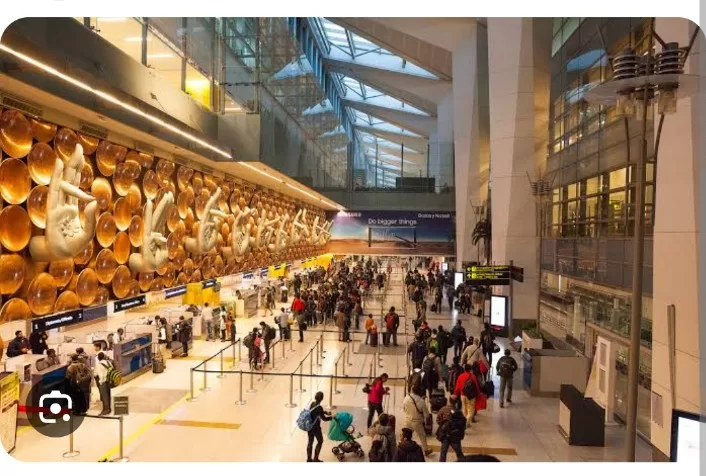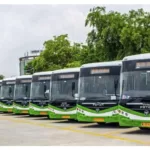New Delhi, In a bid to manage congestion effectively at the top 16 airports across the country, the civil aviation ministry has issued guidelines to airport operators. Union Civil Aviation Minister Jyotiraditya Scindia emphasized the importance of prioritizing passenger facilities over commercial establishments and lounges to alleviate congestion.
The guidelines stress the seamless integration of commercial activities into passenger flow, advocating for clear emergency evacuation routes and minimizing travel distances for passengers between retail and dining areas. Various airports have already started implementing changes in line with these guidelines. For example, Delhi airport’s Terminal 3 removed the reserve lounge to install additional X-ray machines, Mumbai airport expanded its security checkpoint by removing some shops, and Jaipur airport created an extra departure gate.
These measures are part of the government’s comprehensive strategy to improve airport congestion, involving increased screening points, additional Central Industrial Security Forces and immigration personnel, and the anticipated installation of the first body scanner by May.
Zulfiquar Hasan, Director General of the Bureau of Civil Aviation Security, mentioned delays in installation due to international tender processes but confirmed the plan to start with Delhi airport.
The government’s approach includes more screening points, a digitalized pre-queuing process, and increased security personnel. A year-long study assessed congestion at the top 16 airports, resulting in a significant increase in check-in counters and X-ray baggage machines. Delhi airport leads in the number of X-ray machines and immigration counters.
Scindia highlighted the success of the government’s paperless boarding program, Digi Yatra, operational at 13 airports and catering to around 85% of passenger traffic. Plans are underway to expand Digi Yatra to 25 more airports by the end of 2024, covering 96% of domestic air traffic.




